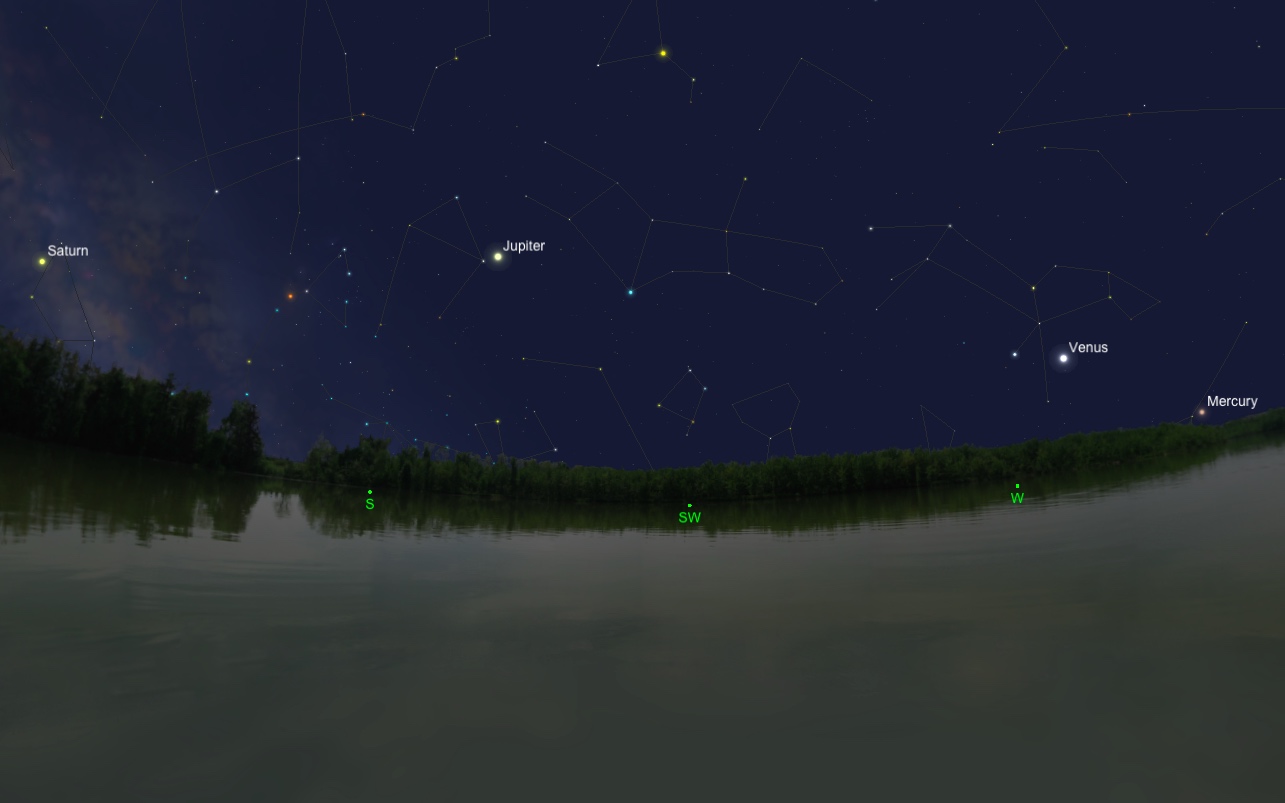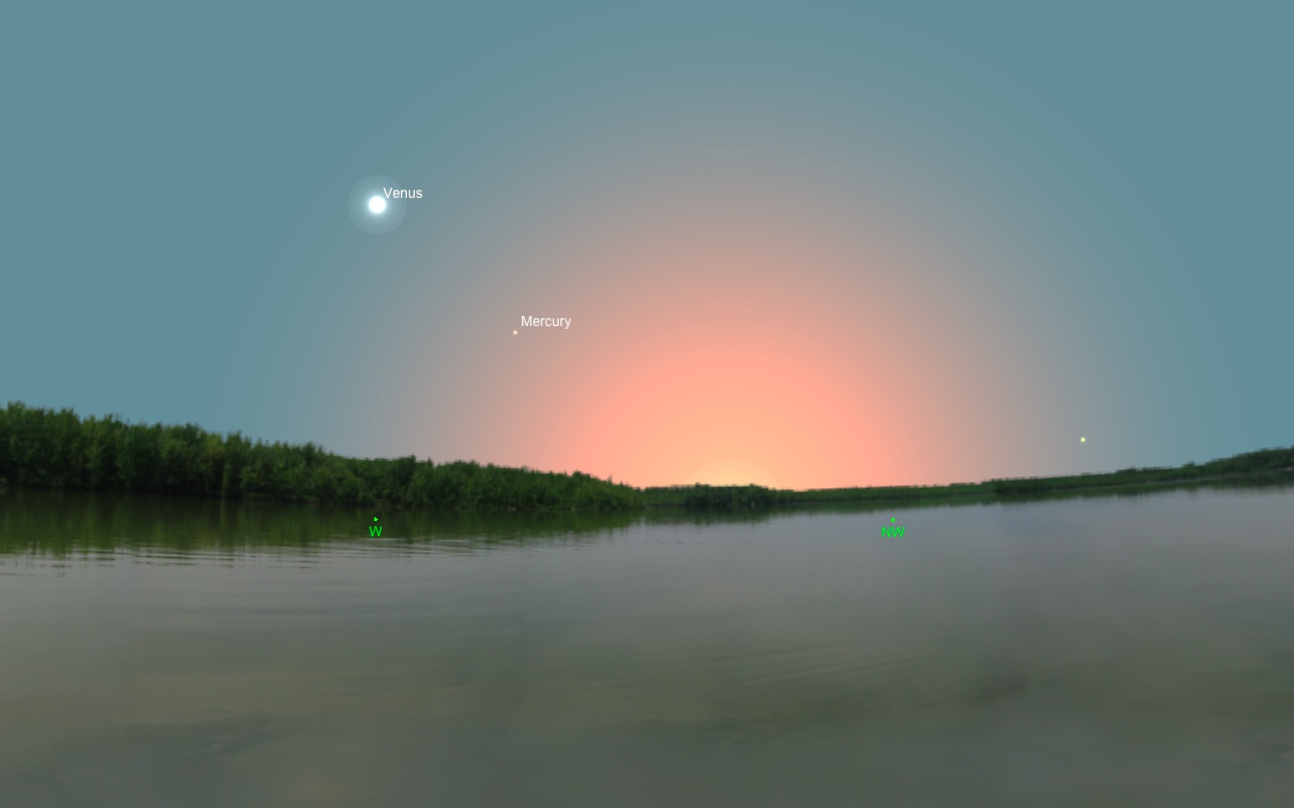Fourth of July Stargazing: Planets and Constellations Complement Fireworks in the Night Sky

While you're waiting to watch fireworks this Fourth of July, take a look up at the sky to spot Venus and other bright planets.
Venus will rise Wednesday morning (July 4) just before 9 a.m. and set around 11 p.m. local time, making the "evening star" visible before, during and after most big firework shows happening around the country. Look for the orange-colored planet near the western horizon in the evening. It will be situated in the constellation Leo, the Lion.
If you look closely, you may be able to spot Mercury, the "elusive planet," a few degrees south of the sun just after sunset. But be careful not to stare at the sun, because that can damage your eyes. To be safe, wait until the sun is completely below the horizon before looking for Mercury. [Night Sky, July 2018: What You Can See This Month]

Jupiter will also shine bright in the sky all evening, rising around 3:30 p.m. and setting by 2 a.m. local time on Thursday (July 5). The planet is currently in the constellation Libra, and it will reach the meridian, or its highest point in the night sky, at approximately 9 p.m. If you look through a small telescope, you may even be able to spot its four Galilean moons.
Saturn will rise in the constellation Sagittarius a few hours after Jupiter, just before 8 p.m., and the planet will be at its highest point in the sky just after midnight.
To find out exactly when and where the planets will be visible from your location, check out these handy calculators at timeanddate.com or heavens-above.com.
Email Hanneke Weitering at hweitering@space.com or follow her @hannekescience. Follow us @Spacedotcom, Facebook and Google+. Original article on Space.com.
Get the Space.com Newsletter
Breaking space news, the latest updates on rocket launches, skywatching events and more!
Join our Space Forums to keep talking space on the latest missions, night sky and more! And if you have a news tip, correction or comment, let us know at: community@space.com.

Hanneke Weitering is a multimedia journalist in the Pacific Northwest reporting on the future of aviation at FutureFlight.aero and Aviation International News and was previously the Editor for Spaceflight and Astronomy news here at Space.com. As an editor with over 10 years of experience in science journalism she has previously written for Scholastic Classroom Magazines, MedPage Today and The Joint Institute for Computational Sciences at Oak Ridge National Laboratory. After studying physics at the University of Tennessee in her hometown of Knoxville, she earned her graduate degree in Science, Health and Environmental Reporting (SHERP) from New York University. Hanneke joined the Space.com team in 2016 as a staff writer and producer, covering topics including spaceflight and astronomy. She currently lives in Seattle, home of the Space Needle, with her cat and two snakes. In her spare time, Hanneke enjoys exploring the Rocky Mountains, basking in nature and looking for dark skies to gaze at the cosmos.









